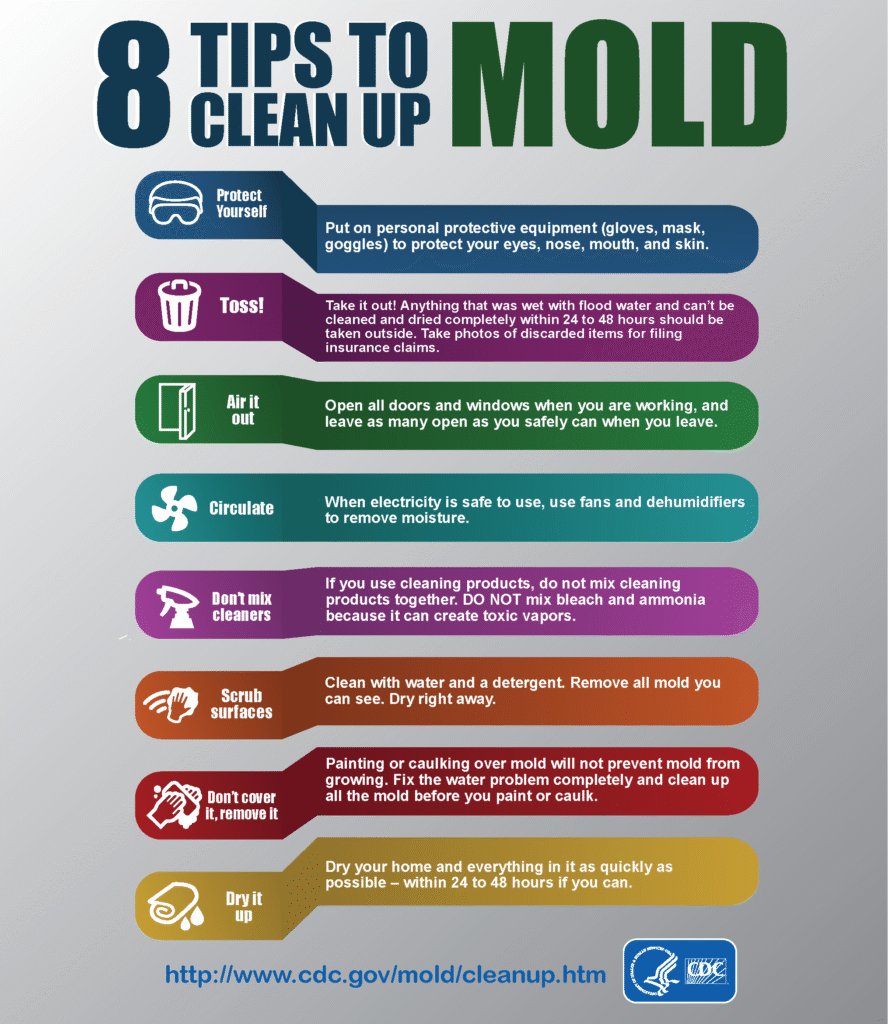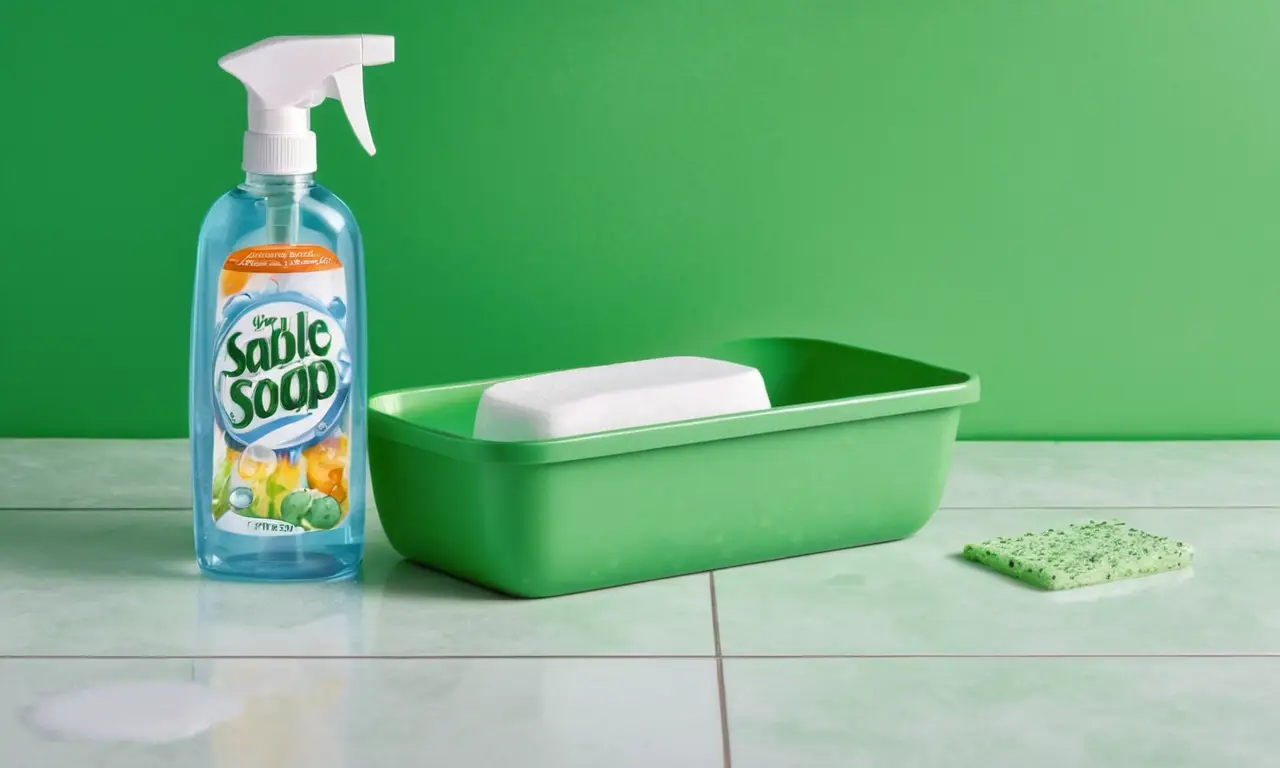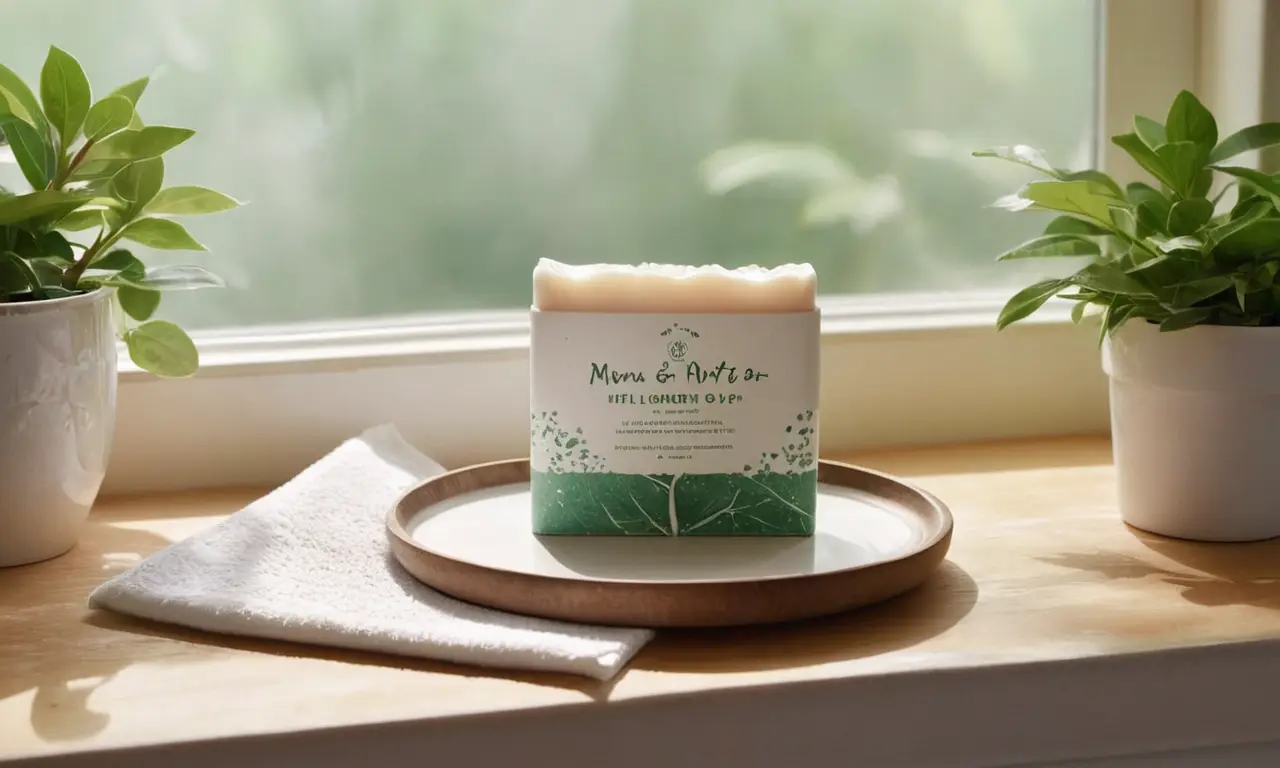
Soap is an essential part of our daily hygiene routine, helping us keep clean and healthy. However, soap bars can sometimes become unsightly and potentially unsafe when they develop mold. While can soap grow mold might seem like a straightforward question, the answer is more nuanced than you might think. Soap itself doesn’t actually “grow” mold; rather, it becomes contaminated with mold spores that are present in the air. These spores thrive in damp environments, making bathrooms a prime breeding ground for mold on soap.
This article will delve into the reasons behind mold growth on soap and provide practical tips on how to prevent it. We’ll explore proper soap storage techniques, drying methods, and strategies for maintaining a dry bathroom environment to keep your soap clean and free from unwanted mold.
Mold on Soap: A Common Problem
Mold is a type of fungus that thrives in warm, humid conditions. It reproduces through microscopic spores that float in the air and can easily land on surfaces like soap bars. When these spores find a damp environment, they begin to grow and multiply, forming visible patches of mold.
The bathroom is a particularly susceptible area for mold growth due to its high humidity levels from showers and baths. Mold on soap not only detracts from its appearance but can also pose health risks. Some types of mold produce allergens and toxins that can trigger respiratory problems, skin irritation, or other health issues. It’s important to take steps to prevent mold growth on your soap to ensure both hygiene and safety.
How to Prevent Mold Growth

Preventing mold growth on soap involves creating an environment that is less hospitable to these fungi. This means minimizing moisture exposure and promoting proper ventilation.
One of the most effective ways to prevent mold growth is to use a soap dish that allows for adequate air circulation. Avoid using closed containers or soap dishes that trap moisture, as this creates a breeding ground for mold. Opt for open soap dishes made from materials like ceramic, metal, or plastic with drainage holes. These materials allow water to drain away and promote airflow around the soap bar.
Proper Soap Storage
The location where you store your soap also plays a crucial role in preventing mold growth. Avoid storing soap in damp areas like directly on the shower floor or near sinks where water splashes frequently. Instead, choose a well-ventilated area away from direct water contact.
A good option is to store your soap on a shelf or countertop outside of the shower or bathtub. Ensure that the storage area is dry and has adequate airflow to prevent moisture buildup. You can also consider using a soap saver bag or container made from breathable materials like mesh or cotton. These bags allow for air circulation while keeping the soap clean and protected from dust.
Drying Your Soap After Use

Thoroughly drying your soap after each use is essential for preventing mold growth. Excess moisture trapped on the bar creates a favorable environment for mold spores to thrive.
After using your soap, gently pat it dry with a clean towel or allow it to air dry completely in a well-ventilated area. Avoid leaving wet soap sitting in the dish as this promotes moisture retention and increases the risk of mold growth.
Maintaining a Dry Bathroom Environment
While proper soap storage and drying techniques are crucial, maintaining a dry bathroom environment overall is equally important for preventing mold growth on soap and other surfaces.
Ensure that your bathroom has adequate ventilation by running an exhaust fan during and after showers or baths to remove excess moisture from the air. Regularly clean your bathroom, paying attention to areas prone to dampness like shower walls, floors, and grout. Use a mildew-resistant cleaner and allow surfaces to dry completely after cleaning.
Conclusion
Preventing mold growth on soap is a simple yet essential practice for maintaining hygiene and promoting a healthy bathroom environment. By following the tips outlined in this article, you can effectively minimize the risk of mold contamination and keep your soap clean and safe for use. Remember to choose appropriate soap storage solutions, dry your soap thoroughly after each use, and maintain a dry bathroom environment to create an unfavorable habitat for mold spores.
